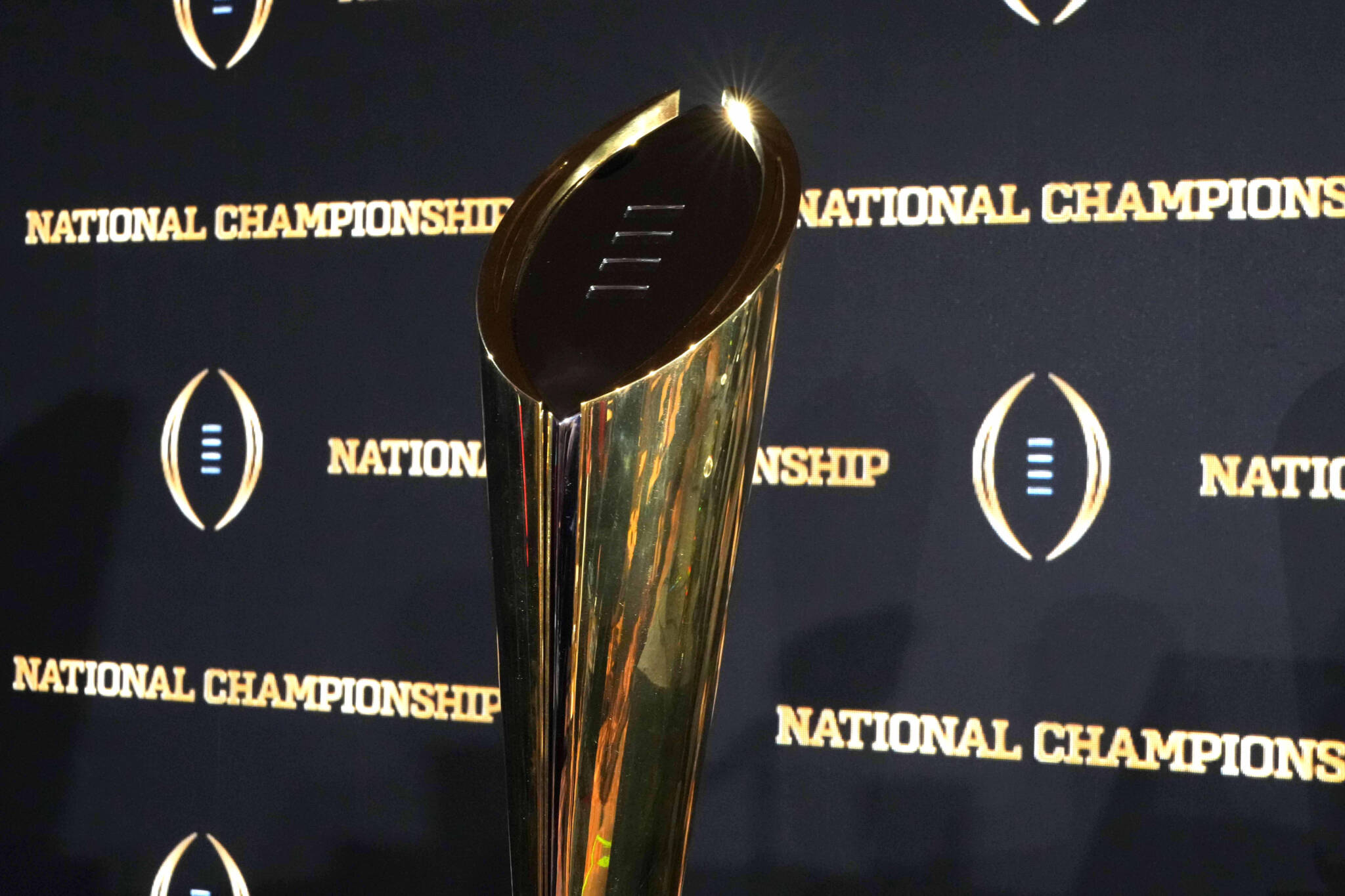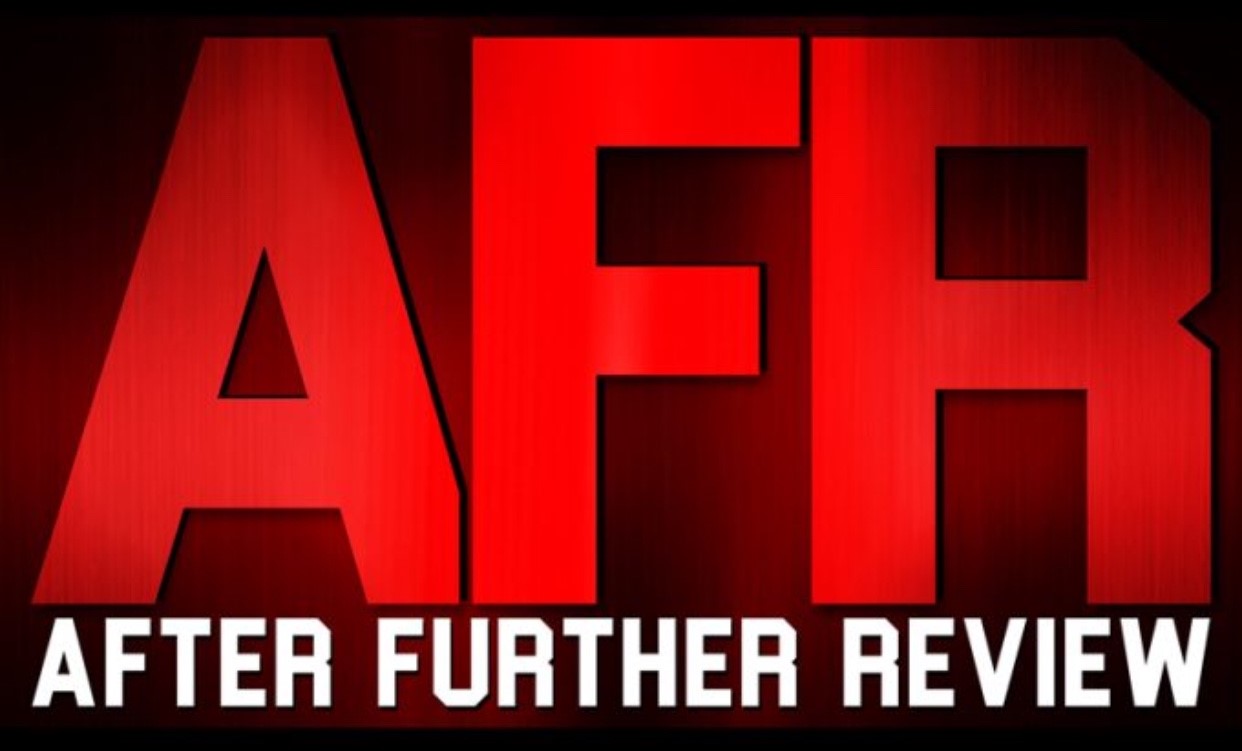Rantin’ & Ravin’: Why wasn’t CFP fixed in the first place?

By Chris Marler
Earlier this week, College Football Playoff executives decided to right a wrong and make a significant change to the CFP format. Beginning in the 2025-2026 season, the playoff will feature 12 teams with a straight seeding system. Meaning, teams 1 through 12 will be seeded according to their rank.
By all it means it’s a step in the right direction. However, the step in the right direction is coming a year after it should’ve been made.
For years we heard rumors, murmurs and debate on how many teams would be added to the playoff if it eventually expanded past four teams. Several possibilities were discussed – six, eight, 12 and 16 team formats were all in play. Personally, six was the logical move in my opinion. A lot of others felt like eight made sense, especially after the wild ending to the 2023 season that saw two time national champion Georgia and undefeated power four champion Florida State left out in the cold.
However, the powers that be chose 12. And not because they thought 12 was the best format or the most fair, but because 12 was what would make the most money. I mean, why put six or eight elite teams in a playoff field when you could put 12 good teams in?
I don’t have a problem with the straight seeding format. I am greatly in favor of it. I have a problem with how we got here. I have a huge problem with how we got here if we are being honest.
BREAKING: CFP executives are expected to adopt a straight-seeding model for this season’s College Football Playoff.
Here’s how last year’s bracket would’ve been seeded: pic.twitter.com/6pA3sjBRgO
— College Football Overtime (@CFB_Overtime) May 22, 2025
You see, doing a straight seeding format for the 12 team playoff seems like the most logical part of the whole plan to me. That’s where we should have started. So, why didn’t we? Or why didn’t they is a better question.
Think about what transpired in the first year and how ridiculous the format became for the most deserving teams in that field. Oregon was the only undefeated Power Four team in America and they got rewarded by getting a first round bye and playing the most talented, and most expensive, roster in the country in the quarterfinals in Pasadena. However, what they did to the one seed wasn’t even close to the most egregious part of what they did.
Boise State and Arizona State were the No. 9 and No. 11 ranked teams respectively going into selection Sunday last season. However, they were gifted the No. 3 and No. 4 seeds and a first round bye.
Why? And for what? Going into postseason play, Boise State had a 11-1 record with a strength of schedule that ranked 86th. Arizona State was 10-2 with the 72nd ranked strength of schedule. If either team lost their conference title game, they were almost certainly not making the playoff.
Strength of Schedule for Non-SEC College Football Playoff Contenders
No SEC team is ranked 32nd overall. #CFBPlayoff #CFP pic.twitter.com/sy6JFbLoDj
— Chris Marler (@VernDumbquist) December 3, 2024
Arizona State and Iowa State were ranked 15th and 16th, and it was a foregone conclusion that whoever lost was headed to the Pop Tart Bowl or some other post-Christmas, pre-New Years Eve throwaway bowl. So explain to me how winning those games resulted in not just getting into the CFP, but getting a top four seed?
It made no sense then, and it makes no sense now. It makes even less sense now if we are being honest. So yes, I’m very excited that they did the right thing in year two. Call it the pessimist in me, but I can’t get over how this was never the strategy and format from day one.
Unless, the focus of creating the 12 team format had so little to do with the actual product on the field and instead was way more focused on the products they could sell off of it at commercial breaks.
The result of CFP expansion was so easy to see coming and yet so many complaining today trashed anyone who dared to point it out 5 years ago
— Josh Pate (@JoshPateCFB) May 9, 2025
The sport of college football continues to have its identity marred and manipulated by people that like the sport the least. And the biggest casualty, outside of teams that were screwed over from last year’s format, continues to be the fans. The tier one target audience and most avid consumers of the product that is college football are the last to be factored into any of the decisions impacting it.
So yes, I’m so glad they got something right. My bigger question still remains – when will the people who care about this sport the least finally stop being the ones that run it?









